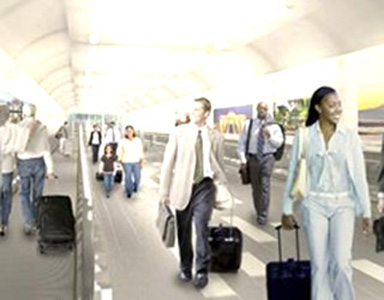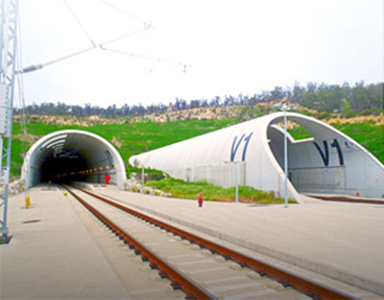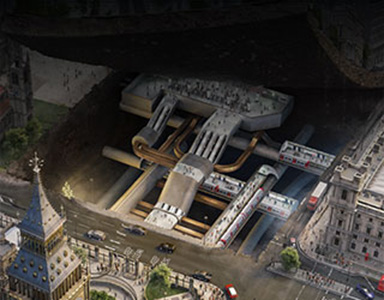Transport
Urban Environment
Urban Road Tunnel
With the improvement of construction techniques and urban development, tunnels are now built under our cities.
Read moreRailway
That means mainly lack of surface place which is now the case not only in mega cities but in nearly all town and cities around the world.
Read moreMass Transit
Since the end of the 19th century underground tunnels have been used for mass transit transportation in the cities.
Read morePedestrian
The most well known network of pedestrian tunnels has been developed by the city of Montreal. This underground network has been created to allow inhabitants to circulate in the city during the winter.
Read moreGoods
Another use of the underground space in cities can be the transport of goods getting in and out of the city.
Read moreIn urban environment, the first tunnels have been built for mass transit networks.
Nowadays, mass transit networks continue to developp themselves, but urban tunnels are also beeing built for roads and railways.
In cities, underground space is also used for parkings and stations and is redecovered for the transport of goods (containers, mails...).
Interurban Environment
Road
Interurban road tunnels have been built for centuries to enable vehicles crossing mountains and topographical accidents.
Read moreRailway
Railway tunnels are nearly as old as railways. The first one was built in 1826 on the line between Liverpool and Manchester. Later on, the development of railways in the late 1880's led to a dramatic development of railway tunnels.
Read moreNavigation
As navigation canals have to be built as horizontal as possible, as soon as topographical accidents appear the construction of tunnels is needed.
Read moreRail, road and navigation tunnels are beeing built for centuries. One of the most - if not the most- ancient tunnel of that type is the Malpas tunnel on the Canal du Midi in France built in 1776.
Of course the development of tunnels has been very active during the XIXth century to accompany the development of the railway industry.
At the beginning the tunnels were relatively short eventhough the construction of Alpine tunnels at the end of the XIXth century shows advance rates which allowed construction of more than 10 km long tunnels. (see history).
Recent technical evolutions lead to increasingly longer tunnels in increasingly inhomogeneous grounds. The construction of the Channel Tunnel between UK and France or the Seikan tunnel in Japan are good examples.
Since the end of the 90's and the development of high speed railway lines, it is now necessary to build base tunnels (at altitude between 600 and 900 m) to replace summit tunnels.




